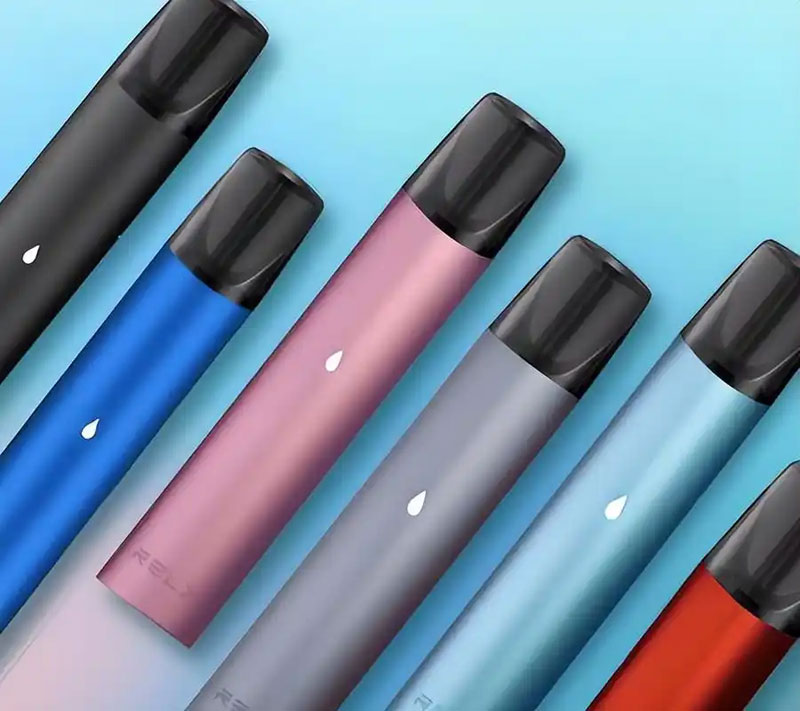Understanding and navigating the South Korea e-cigarette law can be quite complex given its numerous amendments and the rapid technological developments in vaping products. South Korea’s stance on vaping and electronic cigarettes has evolved significantly, reflecting both public health concerns and technological advancements. This article delves into the various aspects of these regulations, their impact, and what users and businesses should be aware of to remain compliant.

Development and Current Status of E-Cigarette Laws in South Korea
In recent years, South Korea has witnessed an increase in the use of e-cigarettes, leading to the government actively implementing stringent measures to regulate their sale, distribution, and usage. The South Korean Ministry of Health has been at the forefront of these regulatory changes, constantly updating laws to address new challenges posed by the vaping industry.
The 2019 Regulations
One of the pivotal moments in South Korea’s e-cigarette legislation came in 2019 when the government rolled out comprehensive regulations targeting vaping products. These included:
- Restrictions on Nicotine Levels: E-liquids were mandated to contain no more than a specific nicotine concentration.
- Packaging Requirements: All e-cigarette products must display warning labels and health risks prominently, similar to traditional tobacco products.
- Age Restrictions: The legal age for purchasing e-cigarettes was strictly enforced to prevent underage users from accessing these products.
Taxation and Economic Impact
The South Korean government also imposed hefty taxes on vaping products, which significantly increased the retail prices. These taxes are aimed at discouraging use, especially among the youth, and aligning with taxes on traditional tobacco products. This tax policy not only influences consumer behavior but also affects economic aspects of the vaping industry within the country.
Public Health Perspective and Criticism
While the government’s intentions focus largely on public health, aiming to reduce any adverse effects associated with nicotine consumption, there has also been notable criticism. Some argue that such stringent regulations might drive consumers to unregulated markets where product safety cannot be guaranteed. Others suggest that these measures could stifle innovation within a potentially beneficial harm-reduction industry.
It is essential to balance regulatory measures with technological advancements to ensure both safety and progress.
International Comparisons
Compared to other nations, South Korea’s stance is relatively conservative. Many countries, such as the UK, have adopted slightly more lenient regulations, viewing e-cigarettes as a viable alternative to traditional smoking. However, each country’s regulations are informed by their specific public health goals and consumer behaviors.
Common Questions About South Korea’s E-Cigarette Laws
Can tourists bring e-cigarettes into South Korea?
Yes, but they must comply with the local regulations, including limits on nicotine levels and the quantities allowed for personal use.
Why did South Korea increase taxes on vaping products?

The increase in taxes was primarily an effort to curb consumption, especially among younger demographics, aligning vape products with traditional tobacco taxation policies.
Are there any plans for future legislative changes regarding e-cigarettes in South Korea?
While specific plans are not public, the government periodically reviews and updates legislation to align with emerging trends and public health data.
 Understanding these layered regulations and keeping updated on South Korea’s e-cigarette law is crucial for consumers and businesses alike to navigate this evolving regulatory landscape effectively.
Understanding these layered regulations and keeping updated on South Korea’s e-cigarette law is crucial for consumers and businesses alike to navigate this evolving regulatory landscape effectively.
